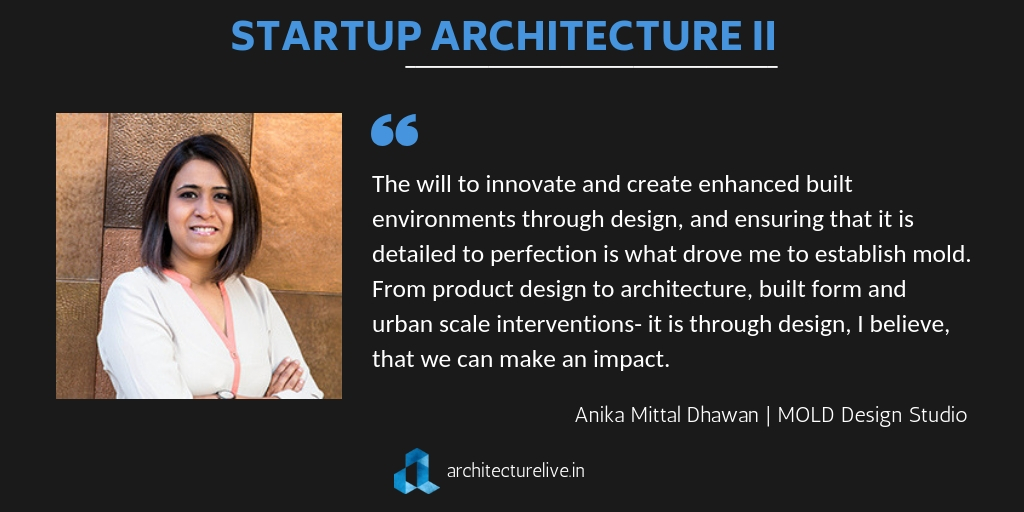
Curated by Asmita Patnaik.
Architecture is a very pragmatic profession – an art built on the foundation of necessity.
For many architects and students, having your own firm some day is an aspiration. To be able control the kind of projects you want to work on, to design on your own terms, to have the final say on every project does have its own ring to it.
Although this paints a pretty picture, the realities of starting a firm are far from this. Starting a firm is a slow, grueling process with challenges beyond what one can envisage or is prepared for.
The challenges do not just curtail to design prospects but extend to a lot of business challenges that, we as architecture students have not been prepared or adept to handle. Today, to be a successful design practice a lot goes into making than just a vision for architecture.
Full design control often comes at the cost of learning how to successfully handle a business and being equally or more involved in the financial and logistic aspect of the practice than the creative end that one aspires to be on. You have to be well versed with payment, cost, technology, job security, obtaining new projects, maintaining a client base, completing the project, coordinating with vendors, specialists, and everyone else involved in the project. One has to go above and beyond their role as a designer and confront the business management side of the profession. An aspect which is not the area an architect usually thrives in.
This devil’s tradeoff though comes with its own opportunities for the architect. The challenges that come with starting a practice hardly ever materialize with easy and fast rewards. Architects take almost a decade or more to establish and grow as a practice. It requires patience, grit and an adept knowledge of the business. More over starting your own practice, can initially lead to financial instability and economic turbulence. Furthermore, it is difficult to get projects without an already established portfolio.
While the stakes are higher when you are starting out as a practice, it does allow an unhinged sense of designing freedom. One can address design experimentations and explorations and develop their own design aesthetic. It also allows one to make a difference and make their own contributions to the society.
So how does one who wishes to venture out be prepared to handle the adversities? Is the dream worth the trepidations?
Let us engage with a few emerging architectural practices who have managed to successfully handle these challenges and ask them their views on the same.
In the first part, we present the views of eleven architects from India.